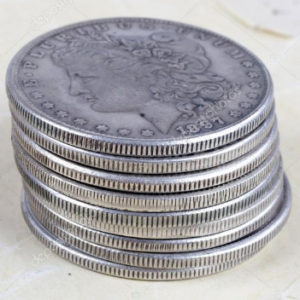

The United States emerged as a world power for many reasons, including strong democratic ideals and advantageous geography. In ancient Egypt, the Roman Empire, the Great British Empire, and every powerful civilization in between, economics played a vital role in the preservation of power. Human progress follows the rise and fall of great empires. But where did modern money come from? How does this inform the future? Creating an Economic Empire It does not store any personal data.Inflation, depression, innovation, human flourishing - the US monetary system has played an integral role in each of these issues for centuries. The cookie is set by the GDPR Cookie Consent plugin and is used to store whether or not user has consented to the use of cookies.

The cookie is used to store the user consent for the cookies in the category "Performance". This cookie is set by GDPR Cookie Consent plugin. The cookie is used to store the user consent for the cookies in the category "Other. The cookies is used to store the user consent for the cookies in the category "Necessary". The cookie is set by GDPR cookie consent to record the user consent for the cookies in the category "Functional". The cookie is used to store the user consent for the cookies in the category "Analytics". These cookies ensure basic functionalities and security features of the website, anonymously. Necessary cookies are absolutely essential for the website to function properly. Its title was “An Act to prevent the coining or counterfeiting any of the gold coins commonly called Broad Pieces.”. 26) was an Act of the Parliament of Great Britain which made it high treason to counterfeit gold coins. The long title of the legislation is An act establishing a mint, and regulating the Coins of the United States. The Coinage Act, passed by the United States Congress on April 2, 1792, created the United States dollar as the country’s standard unit of money, established the United States Mint, and regulated the coinage of the United States. Congress chose Philadelphia, what was then the nation’s capital, as the site of our first Mint. On April 2, 1792, Congress passed the Coinage Act, establishing the first national mint in the United States. When did the United States start minting coins? The Act caused silver prices to fall even more than they previously had (due to oversupply), resulting in an increase in gold prices. The inability to “cash in” silver bullion had the greatest impact upon miners, farmers and those who had debts to pay.

Farmers opposed the gold standard because they claimed that it would… cause crop prices to decline. The Coinage Act of 1873 caused protest by… minting gold and silver coins. What did the Coinage Act of 1873 cause protest? Section fifteen of the Act specified the exact silver coins to be minted in the future and their respective weights, but the standard silver dollar was not included. The Coinage Act of 1873 revised the laws of its predecessor to pivot the country toward the gold standard and away from silver. What was the importance of the Coinage Act of 1873? 2 How did the crime of 73 affect farmers?.1 What was the importance of the Coinage Act of 1873?.


 0 kommentar(er)
0 kommentar(er)
